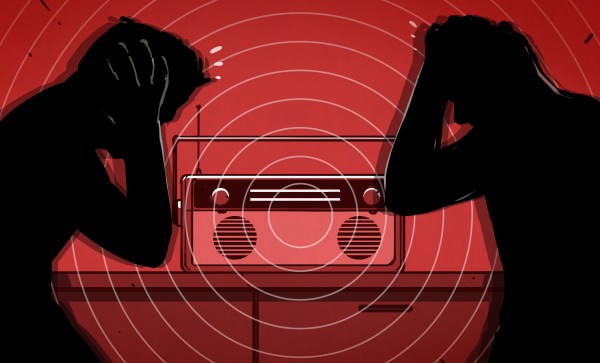[Distracted by Design] loves gear from the 1980s, though some of it isn’t as useful as it used to be. He happened across a cheap old FM radio with a great look, but wanted to repurpose it into something more modern. Thus, he set about turning this cheap piece of old electronics into a stylish Bluetooth speaker.
All of the original electronics were stripped out, while the original speaker was kept since it neatly fit the case. Electronically, the build relies on a Bluetooth module harvested from an existing speaker. 3D-printed bracketry was used to fasten it neatly into place inside the radio housing, with the buttons neatly presented where the original radio had its tone and volume controls. Power is via an internal lithium-ion battery, charged over USB-C thanks to an off-the-shelf charging module.
Where the build really shines, though, is the detailing. The original cheap plastic handle was replaced with a CNC-machined wooden piece, bolted on with machined aluminium side plates. Similarly, the original clear plastic tuning window was replaced with another tasteful piece of wood that dropped perfectly into place. At the back, the charge port is nicely integrated. Where the radio formerly had a removable door for the power cable storage, it now has a machined aluminium plate hosting the USB-C charge port. Little 3D-printed button actuators were also used to integrate the Bluetooth module’s controls into the case.
It’s a very stylish build, overall. Perhaps the one area it’s a let down is in the sound quality. The ancient speaker simply doesn’t sound great compared to modern Bluetooth speakers and their finely-tuned, bassy audio. However, this isn’t necessarily a bad thing—sometimes it’s nice to have an audio source with a limited frequency response. It can be nice for use in an area where you may want to be able to easily speak over the music.
If you want to build a Bluetooth speaker of your own, you might like to whip up an open-source design from scratch. Video after the break.
Continue reading “Old FM Radio Upcycled Into Classy Bluetooth Speaker”

















